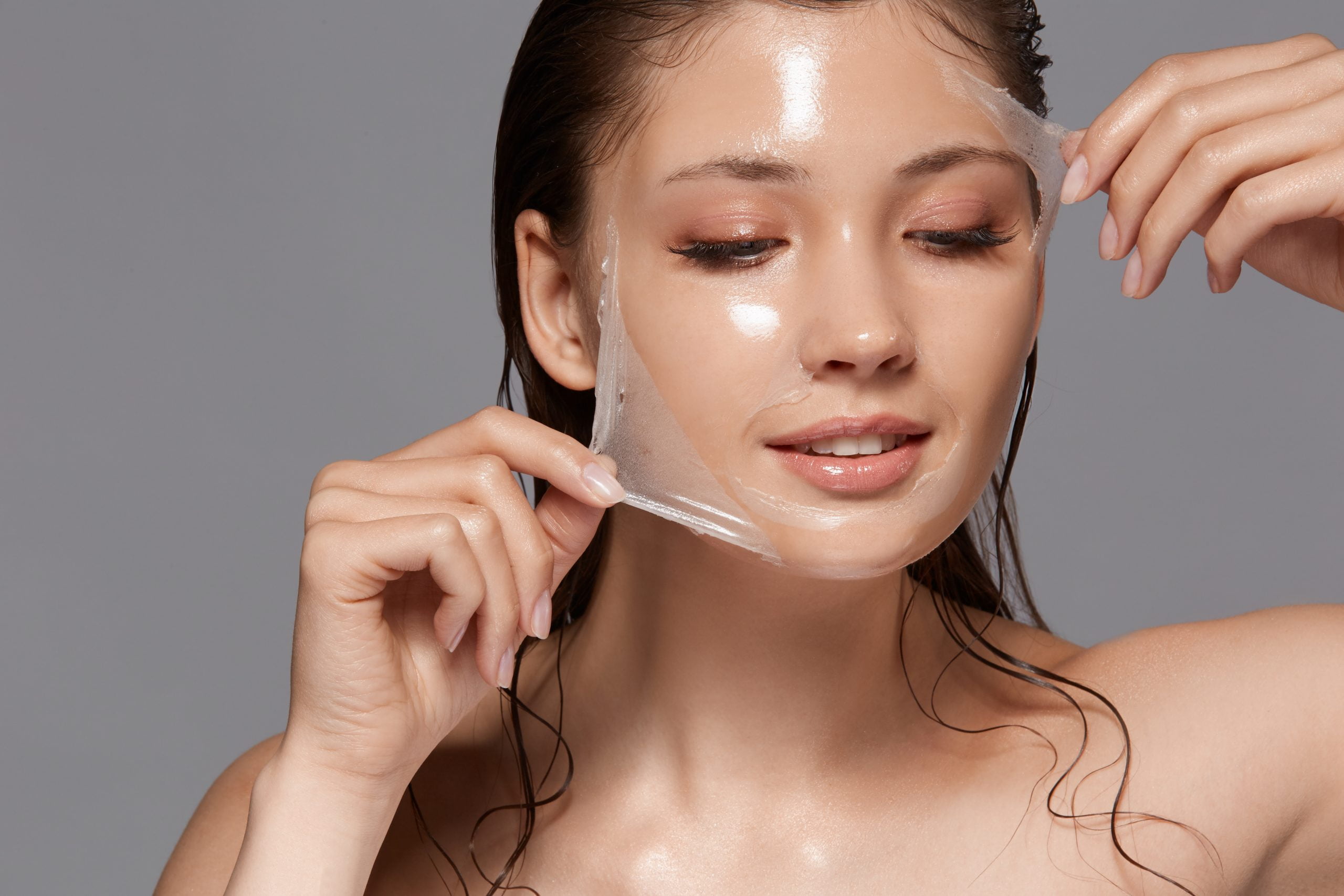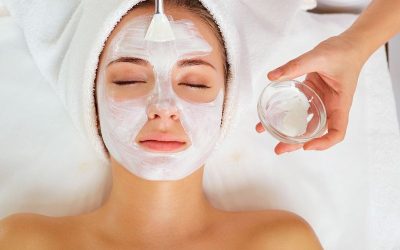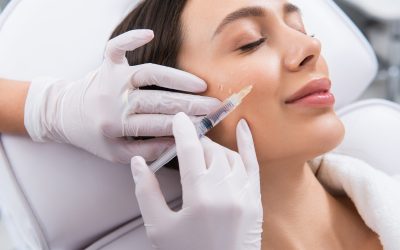What are Chemical Peels?
Chemical peels are cosmetic treatments used to improve the appearance or feel of your skin that can be applied to your face, neck, and hands. During the treatment, chemical solutions will be applied to the area being treated causing the skin to exfoliate and peel off. When this happens, the new skin underneath is smoother, less wrinkled, and less damaged.
Clients with the following conditions are often ideal candidates for chemical peels
- Fine lines and wrinkles
- Sun damage
- Acne scars
- Hyperpigmentation
- Melasma
- Uneven skin tone
Type of Chemical Peels
There are three main types of chemical peels to address varying degrees of needed correction.
Light Chemical Peel
A light or superficial chemical peel removes the outer layer of skin also known as the epidermis. It’s used to treat fine lines and wrinkles, acne, and uneven skin tone. You may have this treatment every 4 to 6 weeks.
Medium Chemical Peel
A medium chemical peel removes skin cells from the outer layer of your skin and some of the upper part of the middle layer of your skin. It’s used to treat fine lines and wrinkles, acne scars, and uneven skin tone. You may need to repeat the procedure to achieve and maintain the best results.
Deep Chemical Peel
A deep chemical peel removes skin cells deeper than the light and medium chemical peel. Your provider may recommend this for deeper wrinkles, scars, or precancerous growths. You don’t need to repeat this procedure to get the full effect.
Light Peel
During a light peel, a cotton ball, gauze, or brush will be used to apply salicylic acid to the area that’s being treated. You might feel a slight stinging sensation. Once it’s done, your provider will remove the chemical solution or add a neutralizing solution.
Medium Peel
During a medium peel, a gauze, special sponge, or a cotton-tipped applicator will be used to apply glycolic acid or trichloroacetic acid to the area that’s being treated.
Deep Peel
During a deep peel, you’ll be sedated. A cotton-tipped applicator will be used by your provider to apply phenol to your skin which will turn it into a white or gray color. The treatment will be done in 15-minute portions to limit the exposure of your skin to the acid.
How do you prepare for a chemical peel?
Before being treated with a chemical peel, you have to consult with a skincare specialist first. During your visit, they will help you determine the best treatment option available for you as well as the details about it. They’ll also ask you about anything that could interfere with the chemical peel, like if you’ve taken acne medication and whether you’re scarring easily or not.
Before having a chemical peel, you must:
- not use any type of retinol or Retin-A topical medication for at least 2 days
- let your skincare specialist know about any medications you take
- not have been on Accutane for at least 6 months
Your doctor may also recommend that you:
- take an antiviral medication especially if you have a history of fever blisters or cold sores
- use special lotion such as glycolic acid lotion to improve the treatment
- use a retinoid cream to prevent skin darkening
- stop waxing, epilating, hair bleaching, or using depilatory hair removal products the week before the peel
- stop using facial scrubs and exfoliants the week before the peel.
If your skincare specialist prescribes a painkiller or sedative, make sure to take it according to their instructions.
How Long Do Chemical Peels Last?
The results coming from chemical peels can last from one month up to the rest of your life. It depends on several factors, but the most important factor is the strength of the chemical peel.
A light peel can last between one and two months, while medium peels can last between two and six months.
A deep peel result can last for a lifetime.
Learn More About Chemical Peels
To learn more about which type of chemical peel is right for you, schedule your first consultation at Refresh Aesthetics. Begin your journey to smooth, radiant, and flawless skin, and contact us today!





